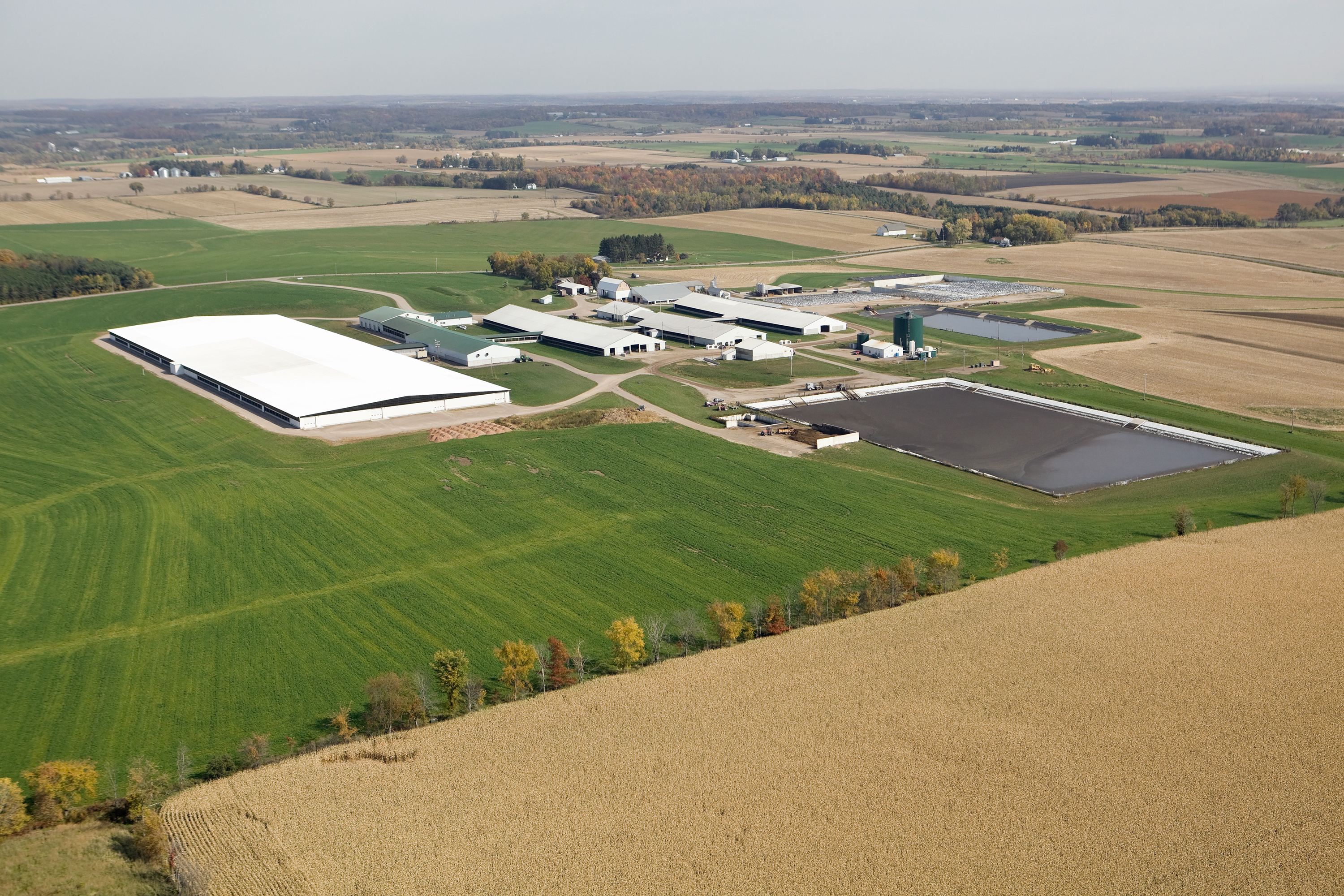It might be the worst-kept secret in agriculture that many farmers are reaching retirement age, bringing to light the need for a proper succession plan. Yet, many farmers put off having the often difficult or uncomfortable conversations surrounding succession planning.
Dairy Stream – a podcast coproduced by Edge Dairy Farmer Cooperative and the Dairy Business Association – hosted a three-part podcast series called “Success in Succession Planning.” The series was broken up into three primary areas: getting organized, financials and legal.
In the first episode of the series, dairy farmer Jamie Pagel Witcpalek from Pagel’s Ponderosa Dairy and Steve Bodart from Compeer Financial spoke about getting organized with your plan.
Few farmers know how quickly the need for a succession plan can arise more than Witcpalek. An accident in 2018 left her without both her father and husband, who were both integral parts of the business. Suddenly, the family was left figuring out what came next.
“We had one heck of a roller coaster ride,” Witcpalek said. “Dad had thought he had things set up very well. Thankfully, he had done work on the succession plan because we had certain things covered and taken care of, but there were many things not addressed that we had a really hard time dealing with.”
Witcpalek shared the struggle of working through these important issues under the stress, grief and emotion of loss. She stressed how much smoother the conversations could have gone if the family had been better prepared.
Steve Bodart, senior dairy consultant with Compeer Financial, said having the right parties involved in the discussions can make a big difference, too.
“Right away, everyone thinks of the senior and junior generation involved, which is a definite,” Bodart said. “They’re going to have goals and desires. There also needs to be an attorney and accountant [CPA], but often they are involved before we even know what the goal is. I think the family needs to have some type of coach or moderator involved before bringing in an attorney or CPA.”
Bodart urged families to work with family-business planning consultants to complete the team throughout the process. He said these experts have been through the process and know what difficult questions to ask to move past the emotion and find out what drives each family member.
While Bodart emphasized the need for time and planning before involving experts, not all families have the luxury of time. Witcpalek’s family serves as a prime example.
“We brought in professionals right away,” she explained. “We worked with people who knew our farm, our situation – people who had worked with the farm for almost 20 years and knew the reasoning behind it all. Having someone who you can trust and understands your business is critical.”
Witcpalek said they have an attorney and CPA that have been very involved in the process. The attorney can share what works on paper, while your CPA shares any effects from a tax perspective. She also mentioned how having both a listener and a moderator can help facilitate discussions.
“Our attorney asked the tough questions,” she said. “He’s not afraid to make you uncomfortable. I think that role needs to be played by someone outside the family.”
Bodart also stressed how each situation is unique. Each farm, each family is going to have something unique to their situation and their business. Performing a SWOT analysis, or evaluating a farm’s strengths, weaknesses, opportunities and threats, can help steer things in the right direction.
“Going through a SWOT analysis can really help take the blinders off,” Bodart said. “All too often, we are in our own little world and might not understand where our strengths or weaknesses lie.”
Bodart said he thinks the process can really bring differing perspectives from family members and experts alike. What one party may see as a strength or weakness, another party may view oppositely. Bringing these differing viewpoints to light and exploring why a family member feels a certain way can help move the business forward, he said.
Witcpalek echoed the benefits of performing a SWOT analysis of your business. “After the accident, we had to figure out the structure of the business,” Witcpalek said. “We had to figure out how we were going to align as owners. We had to figure out what our new vision, mission and values were as an executive team.”
Bodart said establishing a vision and mission can save everyone time and energy on succession planning. “It’s very easy to get off on rabbit trails that have nothing to do with where the business wants to go,” he said. “Knowing what the end goal is can help us tailor all the steps to move from where we are today to the vision in mind for the future.”







